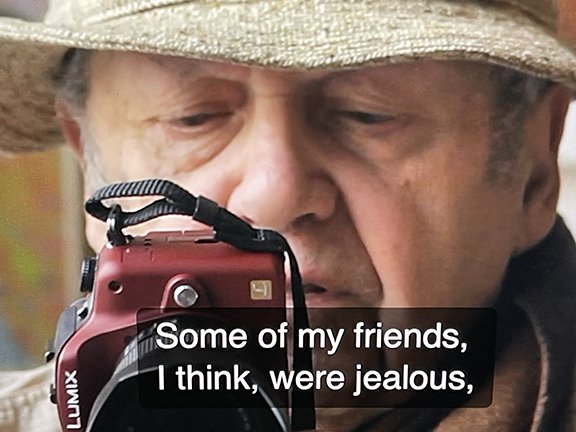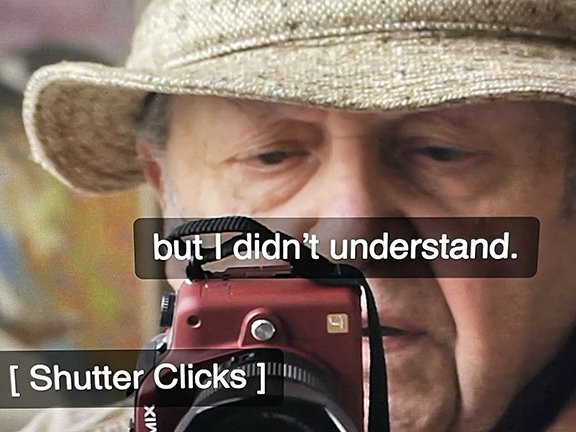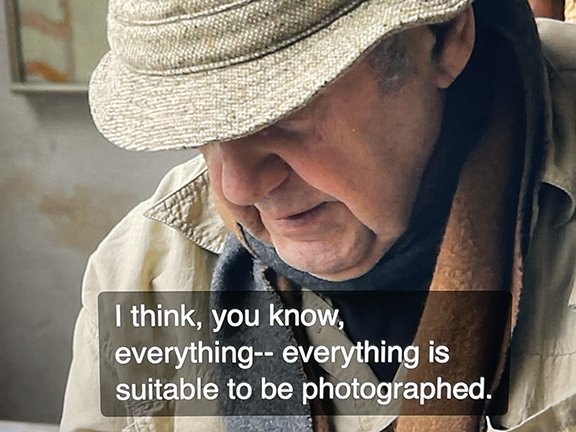Albuquerque, NM - Local artist and photographer Nick Tauro Jr. is set to showcase his latest collection of images at Chatter, a vibrant cultural hub in the heart of Albuquerque. The exhibition, titled "Cinema De Mes Reves," (Cinema of My Dreams) will open to the public on Friday May 5, 2023 and run through the end of June 2023.
Regarding the "Cinema De Mes Reves” work Tauro said: “This series is a tribute to my love of cinema, especially the work of the French New Wave, as exemplified by François Truffaut, Agnes Varda and Jean-Luc Godard. Using found film footage as a launching point for my artwork, I re-photograph, manipulate and collage everything from the opening film leaders to the end titles. It makes for a fertile visual playground that bridges the gap between still photography and moving images.”
The opening reception for "Cinema De Mes Reves” will take place at the Chatter Performance and Art Space on May 5th from 7:00 pm to 9:00 pm. Attendees will have the opportunity to meet the artist at this time. Following the reception, Chatter will present a concert as part of their monthly series Late Works, starting at 9pm.
Chatter, located at 912 3rd Street NW in Albuquerque, is a unique space that combines live chamber music, art, and poetry to create a dynamic cultural experience. The venue hosts performances every weekend of the year, as well as special First Friday concerts with the “Late Works” series.
"Cinema De Mes Reves” promises to be a captivating and thought-provoking exhibition that will inspire visitors to consider their own relationship with the arts of cinema and photography.
For more information on the exhibition and opening reception, please visit the website www.nicktaurojr.com. More information about Chatter and tickets to the Late Works show are available at www.chatterabq.org
###















